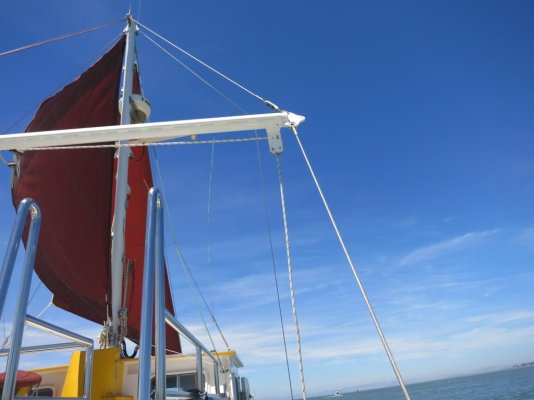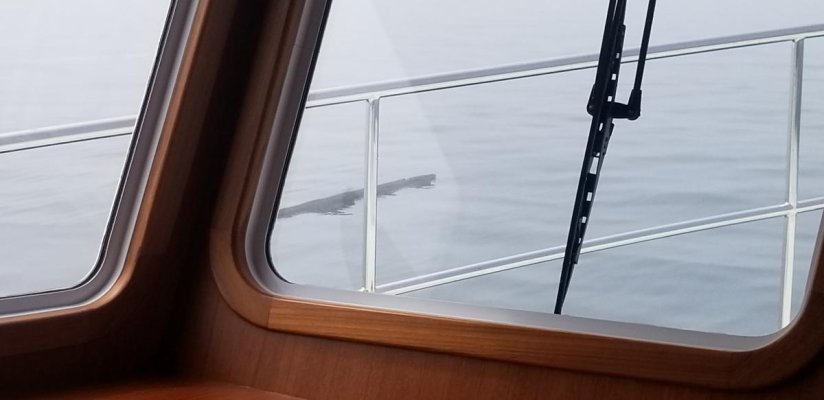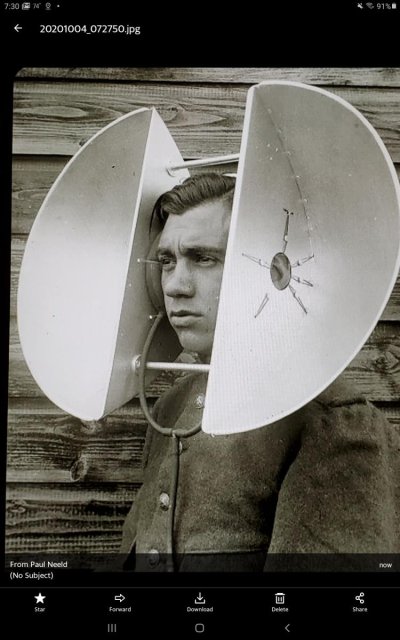Hi Magna 6882,
Well, as you've obviously learned by now, running the Swinomish Channel with good visibility is a challenge. To survive running the Swinomish Channel in deep fog, particularly for the first time, is putting yourself WAY, WAY out there on a limb! Congratulations on your success. I bet you won't do THAT again!!!
But to answer your question, "...should I have turned around?". Ah, yup.
No matter how sophisticated you electronics, and your confidence in its ability to provide adequate situational awareness to operate in a very shallow, very narrow channel, this Channel is NOT the place to test your abilities. As others have mentioned, there are many, many small boats (usually crabbers) running to and fro in the Channel this time of year. Virtually none of the locals seem to practice COLREG requirements (slow down, turn on running lights, sound appropriate sound signals, etc.) required to operate safely in reduced visibility. Even absent other traffic, the Channel itself offers up such treats as missing channel markers, shoaling, floating logs and other debris, and plenty of other navigational challenges, even in daylight with unlimited visibility.
Much of the advice you've been offered is fine. However, much advice is often wrapped in non-local regional practices. From many, many years of operating in and out of that Channel, I can say that running the Swinomish Channel totally under autopilot in fog is NOT good practice! A moment's missatention to course and/or location puts you in the mud REAL fast. Poor response to autopilot command (at turns, for instance), puts you in the mud REAL fast. If you need other eyes on the electronics to help you stay in the channel, that's a REAL good idea. And despite some admonitions to get a good compass, and learn to steer by it, that's really a red herring. True unto itself, but in the Channel in the fog, also not good practice.
And I'm sorta alarmed that some of the pilots in our midst state that running in the fog brings on absolutely no fear of boating in the fog, as their absolute trust in there instrumentation (presumably in their aircraft) translates to fearlessly running a boat in the Swinomish Channel in deep fog. While I'm not a pilot, I've been afloat for many, many years in very well equipped powerboats, in this local region, and the prospect of running this Channel in deep fog absolutely tips my concern level from deep respect into "nope, time to beat feet,wait for the fog to clear, and live to fight another day."
So, what's the best practice to navigate the Swinomish Channel in deep fog? Simple. Don't. Stay at the dock, or immediately return when conditions go to pot. But again, bet you've learned that lesson for yourself!
Regards,
Pete





